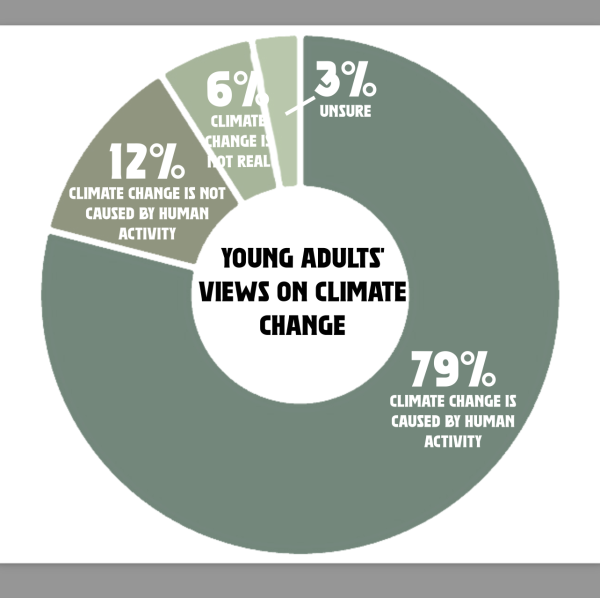Sarah Kay artfully composes relatable, unconventional poetry compilation
April 24, 2015
If life is like a box of chocolates, poetry is like the glass of milk to accompany it, because no matter how thick, dark or bitter life can be, poetry will be able to smooth its flavors. With Sarah Kay’s collection of poems, No Matter the Wreckage, readers can enjoy a new taste for literature that refreshes the poetic palate.
Sarah Kay is a poet who has been performing her poetry since the age of 14, according to Technology, Entertainment and Design’s website (TED). According to the author’s bio, the spoken word poet’s work has been viewed more than 12 million times online. In 2014, Kay published her first collection, No Matter the Wreckage, which contains her work within a decade of her career.
No Matter the Wreckage demonstrates the years of Kay’s poetic maturity. Despite a writing style that may differ from those classic, well-known poets, Kay does not disappoint with the unconventionality of her poetry.
Throughout her poems, Kay maintains a personal and conversational tone. Because many of the poems were performed as spoken word pieces, her language is easy to understand while remaining sophisticated and descriptive. Her poem “Hands” had previously been performed, but seeing it in print does not diminish her clever transitions and the beauty of the poem’s lines, such as, “Fingers interlocked like a beautiful accordion of flesh or a zipper of prayer.” Neither does it eliminate her humor.
Kay does not just gift you with her creative metaphors and unique imagery; she also gives you slices of her life, her experiences and herself in each poem. In “On the Discomfort of Being in the Same Room as the Boy You Like”, she perfectly encapsulates the nervous, confusing, butterflies-ravaging-your-mind-and-soul feeling that melts into one’s mind when in this situation.
We’ve all been there: your crush was right in front of you, the room would shrink, and you would already feel the hammering of your emotions. Maybe it has been hard to articulate exactly what courses through you. Maybe it felt as if no one else has been through the same awkwardness or had the overwhelming flood of thoughts spin through your mind.
However, Kay illustrates that this frustration and anxiety is shared by others as well. Her intentional crowding of words and breaks between stanzas help you not only to read it, but also to relate to it. Kay manages to recreate your thoughts on paper, and this written promise of understanding is enough to latch your eyes onto her every word.
There are many who claim not to enjoy reading poems because they do not see its appeal. However, Kay helps those readers to realize that poems are not the cryptic, difficult pieces of literature that people initially perceive it to be. In “Questions and Answers, in No Particular Order”, there is no order, there is no simplicity, and there is no answer key, but the ambiguity does not take away from the pleasure of reading this piece.
There is poetry in puzzles, and it is the irrevocable love Kay has for writing that makes the reader curious to decipher the intricacy she has laid out for you. Maybe there is a way to determine all the answers in the poem; maybe there isn’t, but it is the experience of reading such complexity that captivates and intrigues, and this pleasure lingers longer than any satisfaction the definite can bring.
Whenever life becomes too heavy and deep, and you feel as if you are about to sink, poetry will act as your lifevest in the midst of the wreckage.














